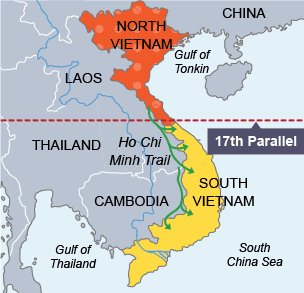7667766266
enquiry@shankarias.in
What is the issue?
What was the U.S.’s role in Vietnam?
How did U.S’s withdrawal happen?

What is the present state in Afghanistan?
How is it similar with Vietnam?
What is the ongoing peace process?
How does the future look?
Source: The Hindu